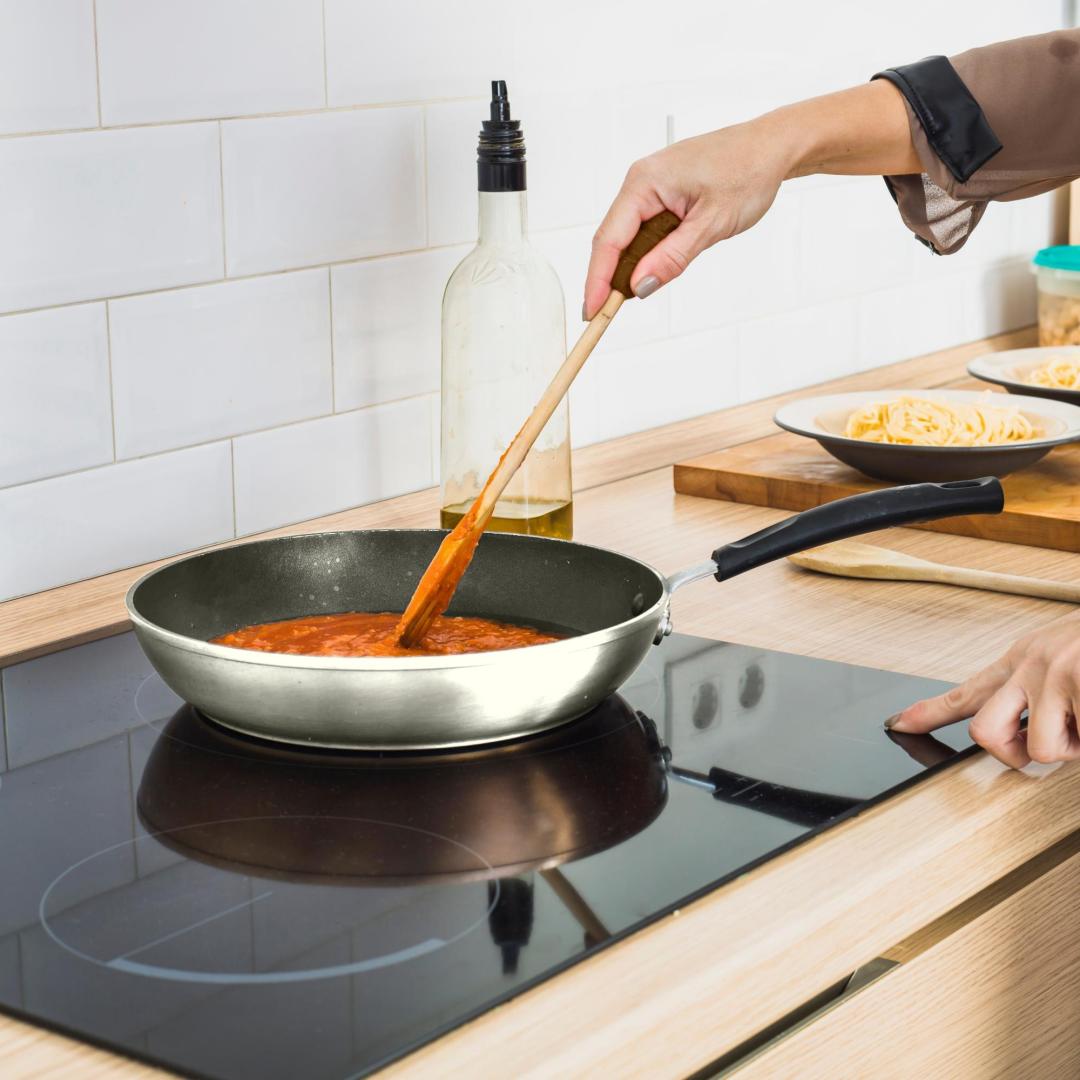Bakeware is the unsung hero of every kitchen, transforming raw ingredients into golden-brown cakes, flaky pastries, and crusty artisan breads. These specialized tools are designed to withstand oven heat while ensuring even cooking, crisp edges, and Instagram-worthy presentations. Whether you’re a weekend baker or aspiring pastry chef, understanding bakeware—its materials, shapes, and uses—can elevate your creations from "good enough" to "good enough to sell." Let’s explore the essentials professionals rely on and how to choose the right tools for your kitchen.
Professional Bakers’ Go-To Bakeware
1. Aluminum Pans: The Cookie Whisperer
Aluminum is the workhorse of professional kitchens. Its rapid, even heat distribution ensures cookies bake uniformly—crisp edges with chewy centers, every time. Lightweight and affordable, aluminum pans excel at high-heat tasks like roasting veggies or baking sheet cakes. Pro Tip: Opt for uncoated aluminum for recipes requiring precise browning (like shortbread), and avoid acidic batters (e.g., tomato-based) to prevent metallic reactions.
2. Cast Iron: The Crust Creator
From skillet cornbread to sourdough boules, cast iron’s unmatched heat retention delivers caramelized crusts and moist interiors. Lodge and Le Creuset Dutch ovens are staples for no-knead bread, trapping steam for that crackly artisan finish. Pro Hack: Season cast iron with flaxseed oil for a natural non-stick patina.
Beyond Basics: Bakeware for Every Task
1. Metal Bakeware
-
Stainless Steel: Warp-resistant and dishwasher-safe, ideal for sheet pans (hello, roasted Brussels sprouts) and mixing bowls.
-
Carbon Steel: A lighter cousin to cast iron, perfect for flaky croissants or laminated doughs.
2. Glass Bakeware (Pyrex): The Patient Performer
Glass heats slowly but retains warmth, making it ideal for custards, cobblers, or Thanksgiving casseroles. Its transparency lets you monitor browning without opening the oven—key for delicate cheesecakes.
3. Silicone Molds: The Modern Marvel
Flexible, non-stick, and often dishwasher-safe, silicone is a busy parent’s best friend. Use it for fuss-free muffin releases or intricate chocolate molds. Note: Pair with a rigid baking sheet for stability.
4. Ceramic Dishes: The Dinner Party Star
Ceramic’s elegant aesthetics shine in quiches, tarts, or individual crème brûlées. Emile Henry and Staub offer oven-to-table pieces that retain heat for leisurely meals.
5. Specialty Pans
-
Springform Pans: Removable sides make cheesecakes and tortes stress-free.
-
Tart Pans with Removable Bottoms: Fluted edges and easy release for Instagram-perfect fruit tarts.
Material Science: What Pros Consider
1. Heat Conductivity: Speed vs. Consistency
-
Aluminum: Heats fast, cools fast—ideal for cookies, biscuits, and quick breads.
-
Cast Iron/Ceramic: Slow to heat but holds temperature for even baking (think: custards, bread).
2. Durability: Built to Last
Professional-grade bakeware survives daily use:
-
Stainless Steel: Resists warping and scratches.
-
Hard-Anodized Aluminum: Scratch-proof and non-reactive.
3. Non-Stick Smarts
While silicone and coated pans simplify cleanup, they demand care:
-
Avoid metal utensils and abrasive cleaners.
-
Replace if coatings chip (to prevent chemical leaching).
Pro Insights to Steal
-
“Aluminum is my cookie MVP—no burnt edges, just even browning.”
— Sarah, pastry chef at [X Bakery] -
“Cast iron Dutch ovens are my bread’s best friend. Steam = crust perfection.”
— James, artisan bread instructor
Conclusion: Bake Smarter, Not Harder
Bakeware isn’t just about recipes—it’s about chemistry. Aluminum and cast iron dominate pro kitchens for their precision, but glass, silicone, and ceramic add versatility (and style) to home baking. Invest in pieces that match your favorites: muffin tins for weekly meal prep, a Dutch oven for weekend bread projects, or a ceramic dish for holiday centerpieces.
Your Turn: What’s your bakeware holy grail? Share your kitchen MVP in the comments! 🧁🔥
